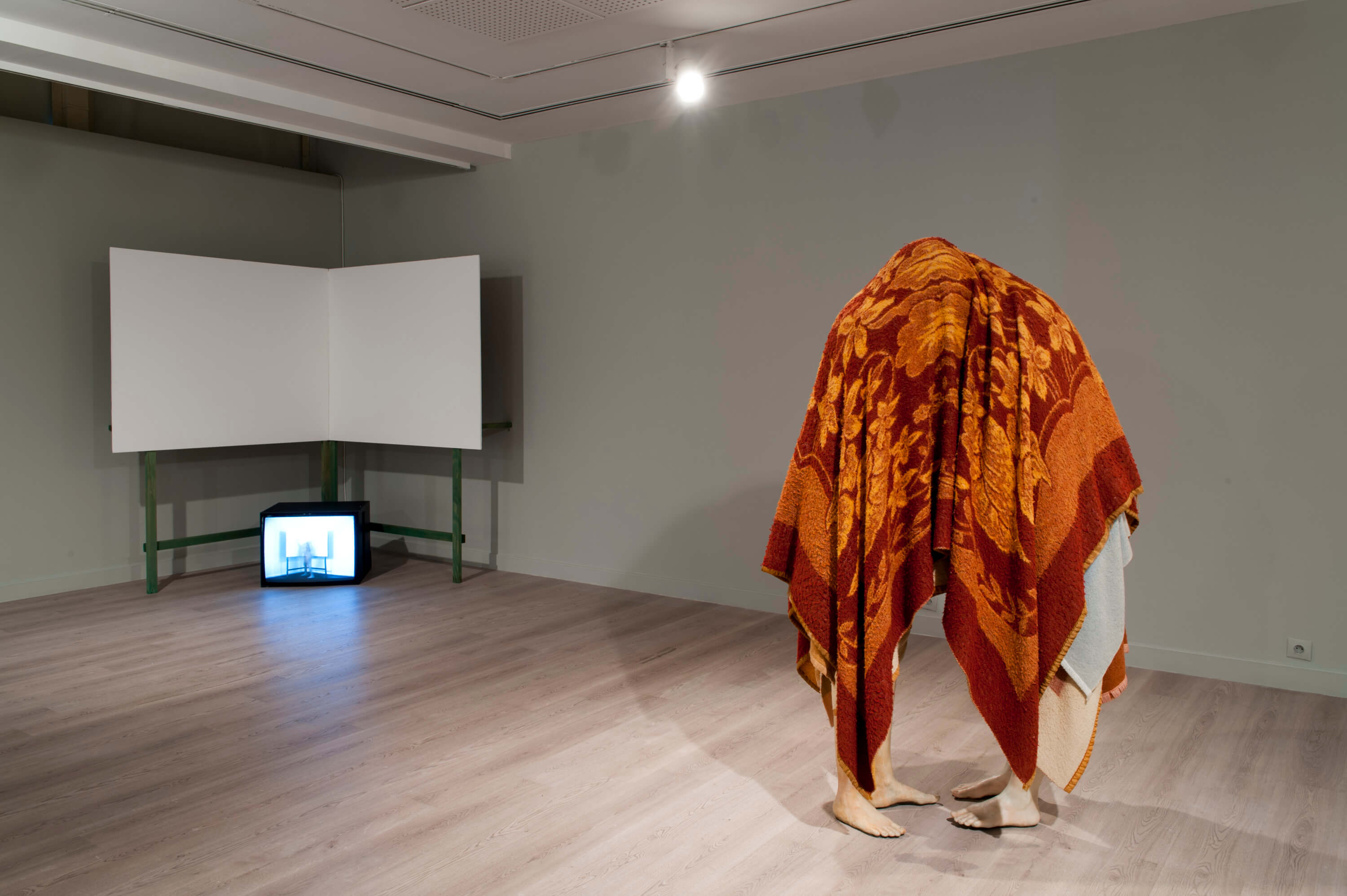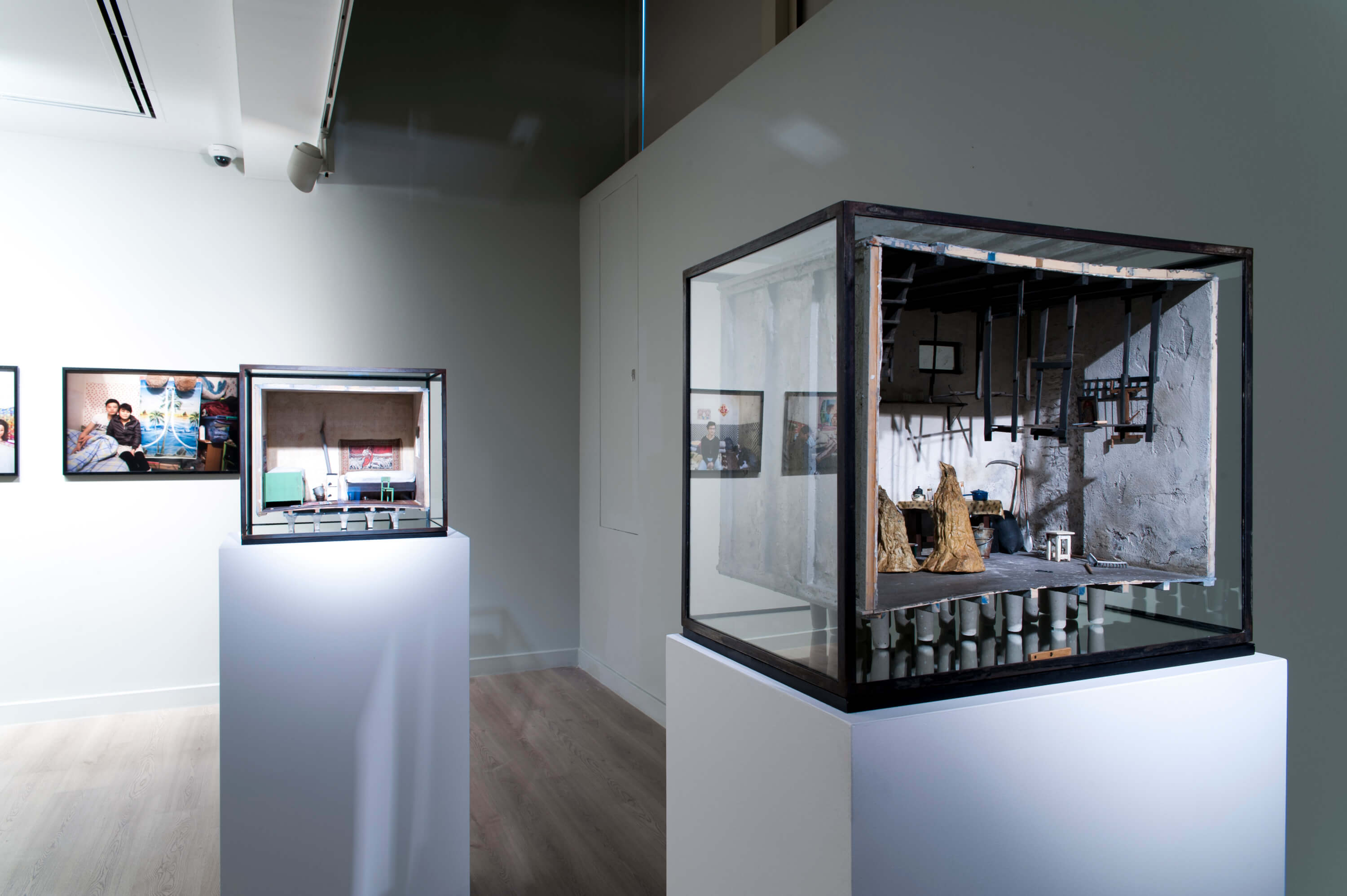Participants visit the Souvenirs of the Future inspired by the Suna and İnan Kıraç Foundation's Kütahya Tiles and Ceramics Collection. Upon experiencing the exhibition, which establishes a connection between memory and future imaginings through contemporary artworks, participants learn about the Japanese philosophy of Kintsugi, which involves accepting, embracing, and interpreting imperfections with a new perspective. They unleash their creativity, decorating and transforming broken marble pieces.
Instructor: Ayça Öztürk, Ayşe Topsöğüt
Capacity: 8 people
Duration: 90 minutes
Fee per workshop: 250 TL
Fee per workshop for students: 125 TL (Participants are requested to show their student IDs at the entrance.)
The event will take place at the Pera Museum (face-to-face).
For more information: ogrenme@peramuzesi.org.tr

Pera Museum, in collaboration with Istanbul Foundation for Culture and Arts (İKSV), is one of the main venues for this year’s 15th Istanbul Biennial from 16 September to 12 November 2017. Through the biennial, we will be sharing detailed information about the artists and the artworks.

Pera Museum, in collaboration with Istanbul Foundation for Culture and Arts (İKSV), is one of the main venues for this year’s 15th Istanbul Biennial from 16 September to 12 November 2017. Through the biennial, we will be sharing detailed information about the artists and the artworks.
Tuesday - Saturday 10:00 - 19:00
Friday 10:00 - 22:00
Sunday 12:00 - 18:00
The museum is closed on Mondays.
On Wednesdays, the students can
visit the museum free of admission.
Full ticket: 300 TL
Discounted: 150 TL
Groups: 200 TL (minimum 10 people)